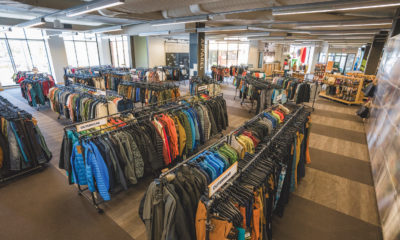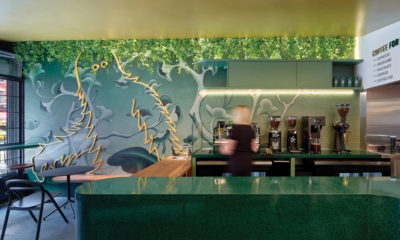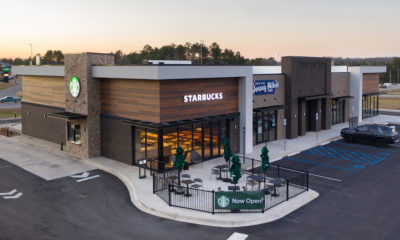We all know that the environment is in trouble. Ever since the industrial revolution began in the 18th century, the manufacture of increasingly complex products has wreaked havoc on our planet's health. The good news is, environmental concern is growing. The bad news is, we're behind and we've got a ways to go.
Because the driving force behind successful retail is to create beautiful environments for shoppers, it's sometimes a challenge to find eco-friendly materials that are also sophisticated. But as more consumers embrace environmentally friendly merchandise, retail fixtures that incorporate recycled or recyclable materials are also becoming more popular, and the natural, earthy look more trendy.
But the buck doesn't stop there. Retail manufacturers need to incorporate eco-friendly practices into the manufacture of products and into overall operations, from beginning to end.
For instance, Chicago-based Ready Metal/Ready Fixtures has revamped its internal operations over the years, not only to comply with environmental dictates, but to act as a leader. One of the company's primary changes was to adopt powdercoat technology, which can be used in place of liquid paint. The production process emits near-zero Volatile Organic Compounds (VOCs) and produces much less waste. Don Sedivy, Ready Metal's compliance manager, says powdercoating is also more durable — a selling point for clients.
Additionally, Ready Metal has an extensive recycling program; does not send waste to landfills; uses waste as a fuel blend or incinerates it; and actively sponsors “Ozone Action Days” by operating its powder line by day and water-borne line by night. Sedivy says, “There's always something happening on the environmental horizon, and we're just trying to stay ahead of the curve.”
Although Ready Metal and other retail suppliers and manufacturers (see accompanying list) are taking environmental action, Clyde Blaco, director of technical services for the National Association of Store Fixture Manufacturers (NASFM), says, “The retail industry is not embracing eco-friendly practices as a whole.” He says the main problem is that making operations more environmentally friendly is costly and time-consuming, and manufacturers may be reluctant to do their part until laws force them to take action.
Ed Kurtz, president of Tulsa-based Dolphin Manufacturing Co., says that retail manufacturers may be slow to embrace environmentally friendly materials not only because of cost, but also because there are a lot of unknowns. For instance, companies worry that the new “environmentally friendly” products might fail, or the processes used to make them could create new problems. “It's a tough subject,” says Kurtz, “but we'll learn as we go.”
According to Blaco, the main products manufacturers need to reformulate are paints, finishes, glues, adhesives and anything using solvents. Ever-stricter federal regulations mandate VOC reduction. Basically, VOCs are the icky particles that, when released into the atmosphere, create smog. This layer of compounds eventually moves up, depleting the ozone layer. And ozone-layer depletion is bad. So any way companies can reduce the amount of VOCs emitted is good.
Another way companies can reduce impact on the environment is to incorporate some simple but environmentally friendly practices into daily operations. For example, companies can cut down waste simply by reducing paint overspray. Adjusting your spray booths requires less filters, reduces filter waste and increases work productivity because less time is spent changing filters.
Blaco also recommends fine-tuning the way merchandise is packed and sent. By reducing the amount of packing material, and/or using recyclable material, companies can reduce waste. He cites one company that includes a return label with each package so that the packaging can be returned to the company and reused. Despite these measures, however, only about 5 percent of the packaging is sent back.
The fact is, there are environmentally friendly alternatives to the current manufacture of products and the way we operate our businesses. But it takes some initiative on the part of manufacturers to get the ball rolling. Sedivy recommends getting involved with state agencies. He says most states have some kind of free Pollution Prevention programs that help manufacturers find ways to make their procedures more Earth-friendly. As proof, Sedivy says that with the help of consultants and state agencies, Ready Fixtures has decreased its waste cost by $100,000 a year.
Blaco also suggests doing some research on the Internet. Look at the Environmental Protection Agency's (EPA) home page (www.epa.gov) and take it from there. The information is out there; it's just a matter of taking a proactive, concerned approach to the current and future state of our planet.
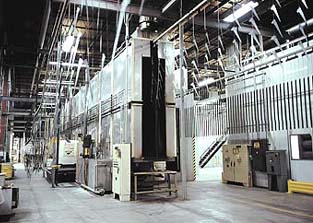

 Photo Gallery7 days ago
Photo Gallery7 days ago
 Headlines6 days ago
Headlines6 days ago
 Headlines1 week ago
Headlines1 week ago
 Headlines2 weeks ago
Headlines2 weeks ago
 Headlines1 week ago
Headlines1 week ago
 Designer Dozen2 weeks ago
Designer Dozen2 weeks ago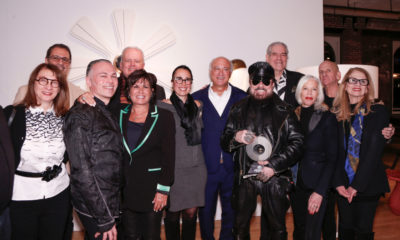
 Special Reports2 weeks ago
Special Reports2 weeks ago
 Designer Dozen5 days ago
Designer Dozen5 days ago

